With a failing global economy and an increase on “fast retail” where the focus lies more on cost

1 of 10
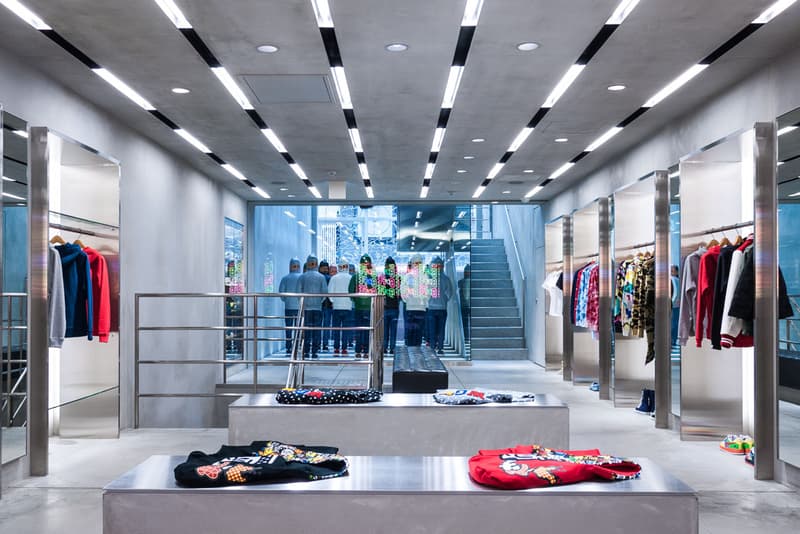
2 of 10

3 of 10

4 of 10
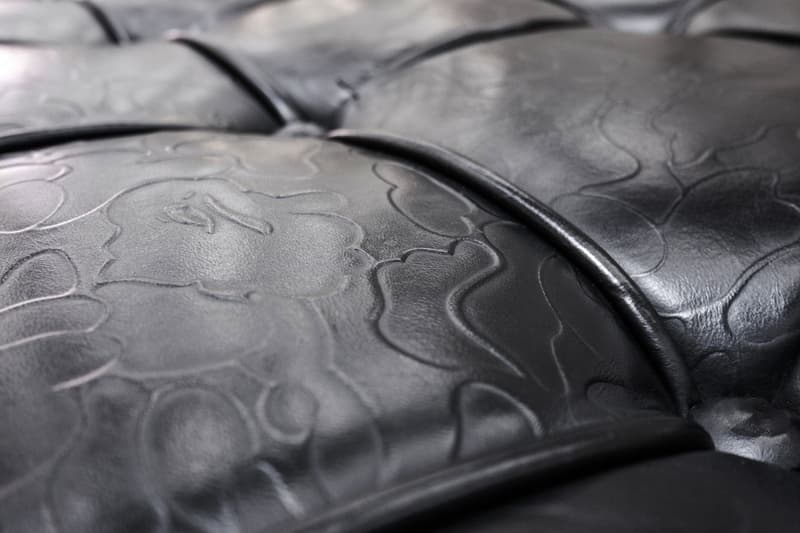
5 of 10
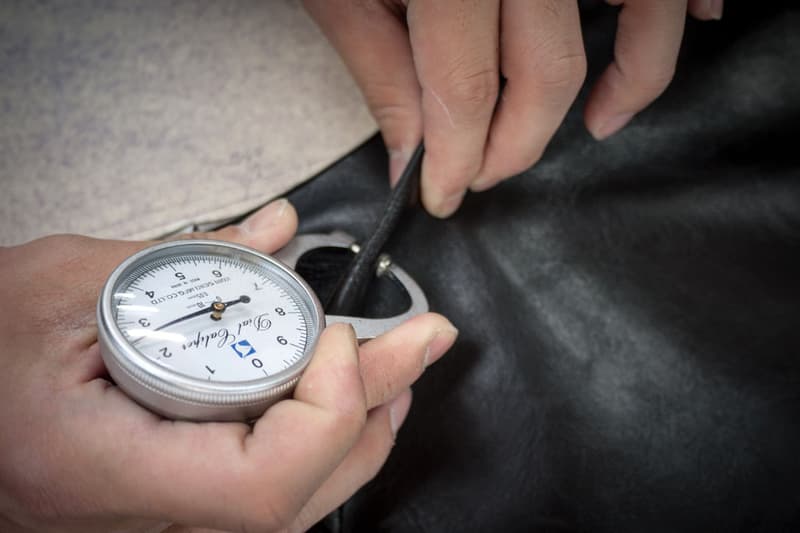
6 of 10
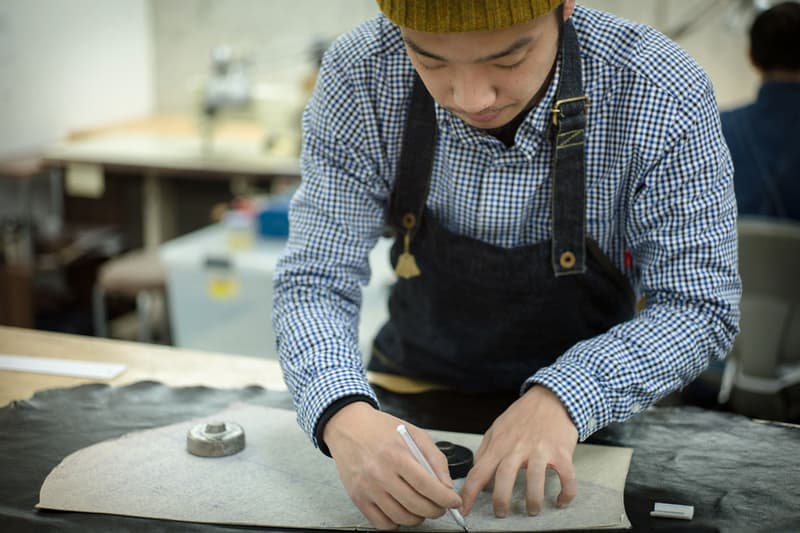
7 of 10
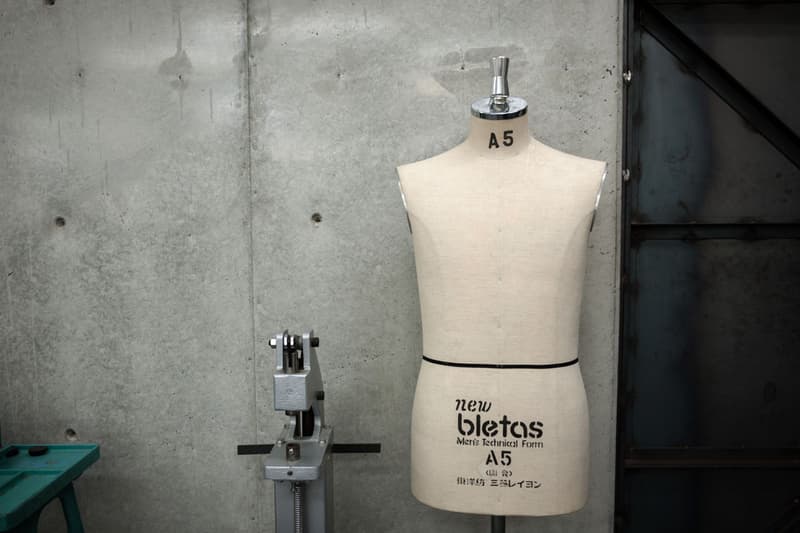
8 of 10
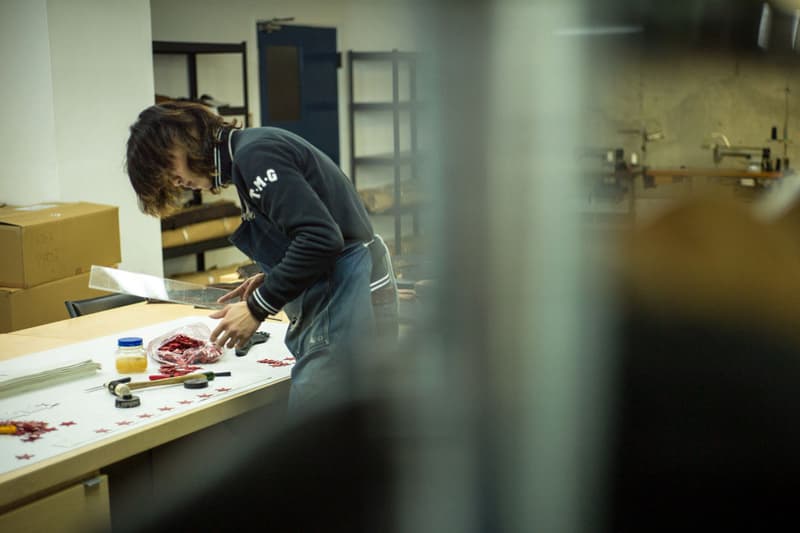
9 of 10

10 of 10
With a failing global economy and an increase on “fast retail” where the focus lies more on cost over quality, many fashion enthusiasts are questioning labels, their prices and ultimately their products. Japan has always been known for their high standards, but unfortunately is no exception to the aforementioned doubts. So does the country have justification for what they put out, or will we see an end to “high fashion” from the Far East? There are a few underlying factors and examples that may help shed some light to this matter.
Material
Artisans from yesteryear Japan were synonymous with handcrafted, exquisite detailing in their fashion and general lifestyle, and such aspects are commonly found in modern day apparel. The details are further supported by the use of rare and delicate materials, fusing function and fashion together for the end-consumer. Many are already familiar with the use of leather from cowhide, but the Japanese have consistently found the fabric from more unorthodox animals; luxury streetwear fashion brand visvim has often used the rigid texture from deer, elk and even antelope. Cattle leather may seem commonplace, but the treatment of such a raw material may differ in Japan from the rest of the world, utilizing exotic oils and chemicals to help set them apart from what people may initially perceive. Aside from the material and the process, one must also remember the before and after of leather use into the equation – it is often forgotten that such animals may be hard to find and acquire, the raw material must be maintained properly during the process, and afterwards must undergo intense testing to pass all quality control standards, of which may take more time and consideration for rare materials not often used due to their lack of documentation.
Production and Manufacturing
The workers within the production line may not be what most expect – a conveyor belt of uninterested, mindless drones whose goal is to execute one single task over and over again until their shift ends. Americana relic experts The Real McCoy’s production room is comprised of young, energetic, knowledgeable workers, free to think on their own and indifferent to the desperation of a minimum wage salary. They work under a direct connection to the company, either as generation clothiers or simply fans of the brand. It may seem trivial, but a 26-year-old Japanese native with a respect for local brands will always have a sharper image of what they are doing in fashion over an immigrant in their 40s or 50s perhaps sending paychecks home for their child’s schooling. A younger eye and unweathered hand working at their own pace will be able to notice a missed stitched or misaligned eyelet long before a factory worker ever could. And while this methodology may produce a smaller amount of units per season, the quality surely makes up for it and, ironically, may end up selling a higher percentage of the product in the end.


“A younger eye and unweathered hand working at their own pace will be able to notice a missed stitched or misaligned eyelet long before a factory worker ever could.”
Images above – The Real McCoy’s production line
Wholesaling and Pricing
Most are unaware of the wholesale system in Japan and how it actually differs from other markets. An inside source gives insight into how, for starters, conventionally it is the buyers that set the retail price margins on their own prior to purchasing. Japanese fashion brands however set their own retail prices under guidelines found in fear marketing. This skews the profit margins greatly and cannot be compared with international finance. For instance, wholesale prices of 50%-60% of retail pricing is considered common, with certain discounts naturally depending on order amount or sheer quantity. Most brands however delve even lower, with wholesale prices reaching as low as 25%-35% of the item’s “in-store to the customer” price. This would ultimately break down to approximately 30% of the sale going to cost of the garment, 30% to the brand, and 40% to the store. Furthermore, the production affects pricing as well – traditionally the big brands’ method of production is purely in-house, while Japanese independent brands hire outside agents to aid in aspects such as pattern-making, production management and so on. Outside hire not only benefits the brand with unique styling that may differ season to season, but also requires independent salaries and a higher overall budget. Material procurement is also a factor, where Japanese brands produce zippers, cloth and buttons originally rather than source from other countries. A relative lack of trade show attendance solidifies this point; most Western brands visit such events as Premiere Vision in Paris on an annual basis to assemble their collections. Finally, one must keep in mind that the wages for workers in Japan is incomparable to those of Chinese or Indian workers, which in the end again goes into cost.
Customer Service
While Western patrons may not take notice of the shop they’re in, consumers in Japan tend to take their shopping experience a little more seriously. You’ll often find features in a boutique available that may not seem obvious or conventional, but are certainly appreciated. One retail outlet of considerable mention is A Bathing Ape, notoriously known for their finite details in their products but also in their retail locations. Exclusively constructed by famed design firm Wonderwall, their use of aluminum and concrete is only the tip of the iceberg in the appeal of the BAPE STORE chain. Keen eyes will notice the camo-embossed leather sofas, Ape Heads seared into the hangers, custom-made amenities like receipt holders and credit card trays, jaw-dropping displays of excess, etc. While all of this may seem unnecessary, customers find themselves visiting, returning and even traveling to new shops simply to experience the atmosphere. To further support the shopping, customers are treated with services not available outside of Japan, such as loyalty cards, item transfers from store to store, and on occasion even free delivery. Subscribers to BAPE MANIA, an exclusive annual membership loyalty program, are given special deals and exclusive gifts sent to them in the mail, plus a select number of “Premium Days” in the year where they can enjoy discounts on a large number of items.

 <!img style="margin-top: 10px;" alt="" src="http://i0.wp.com/hypebeast.com/image/2013/04/JPNEDBKYO-9.jpg" />
<!img style="margin-top: 10px;" alt="" src="http://i0.wp.com/hypebeast.com/image/2013/04/JPNEDBKYO-9.jpg" />
“While Western patrons may not take notice of the shop they’re in, consumers in Japan tend to take their shopping experience a little more seriously. You’ll often find features in a boutique available that may not seem obvious or conventional, but are certainly appreciated.”
Images above – A Bathing Ape Kyoto
It’s impossible to calculate exactly what goes into the cost of each and every brands’ premium products released, but consumers must remember there are multiple factors that must be considered. Companies like Uniqlo and H&M are certainly disrupting the natural order of things in fashion and style previously dominated by runway traditionalists and exotic clothiers. The future of fashion will not be as clear cut as many feel — either a defined path towards fast retail or a return to handmade craftsmanship and quality. What the future fashion scene will see is more collaborative efforts between these two options and hopefully a balance between the two will emerge, offering yet another alternative to choose from.
Read Full Article
What to Read Next
Getting to know Malbon Golf’s new ambassador.
Naturally designed.
Specifically the Nike Air Griffey Max 1 and Griffey Jr.’s participation in the 1992 Foot Locker Slam Fest.
By Ross Dwyer/
Featuring Kodak Black, Westside Gunn, Conway The Machine and more.
By Sarah Kearns/
Wiz Khalifa’s club anthem “Work Hard, Play Hard” has alreadyreceivedan official remix, which
Renowned for its expansive range of toting goods that reaches all styles be it the pragmatic or
It’s about time that RAC got their hands on one of Capital Cities’ most solid tunes, “Safe &
The Neighbourhood originally burst onto the scene with two well-received singles, “Female Robbery”
There’s no denying that April has been quite an eventful month for KiD CuDi. After he announced
Shoepreme’s advice to sneakerheads is simple, “Sell the pairs you’ll never wear and double up on
XV has taken the time to repackage his mixtapes into a comprehensive anthology. The mixtapes are
Record Store Day is right around the corner, and you know what that means: tons of new, exclusive
In collaboration with Porter and B JIRUSHI YOSHIDA, Shawn Stussy’s S/Double brand celebrates the













